Choosing the right Nordic ski binding system - NNN, SNS, or NNN BC - depends on your skill level, terrain, and boot compatibility. Here's a quick breakdown to help you decide:
- NNN (New Nordic Norm): Best for groomed trails and skilled skiers. Features a two-ridge design for precise control and power transfer. Compatible with NNN, NIS, Prolink, and Turnamic boots.
- SNS (Salomon Nordic System): Ideal for beginners on groomed trails. Offers extra stability with a single-ridge design. Works with SNS Profil or SNS Pilot boots.
- NNN BC (Backcountry): Perfect for off-trail skiing. Built with a wider, stronger platform for stability in deep snow. Compatible only with NNN BC boots.
Quick Comparison
| Binding System | Key Features | Best Use | Boot Compatibility |
|---|---|---|---|
| NNN | Two-ridge design, NIS system | Groomed trails | NNN, NIS, Prolink, Turnamic boots |
| SNS | Single-ridge design | Groomed trails (beginner) | SNS Profil, SNS Pilot boots |
| NNN BC | Wider, stronger construction | Backcountry terrain | NNN BC boots |
Key takeaway: Match your bindings to your boots and terrain. For groomed tracks, choose NNN or SNS. For backcountry adventures, go with NNN BC bindings.
3 Main Nordic Binding Types
NNN (New Nordic Norm) Basics
The NNN system features a two-ridge design that matches grooves in compatible boots [1]. In 2017, Fischer and Rossignol introduced the Turnamic binding system, which kept NNN compatibility while adding tool-free adjustments [1]. This system works with the Nordic Integrated System (NIS), a quick-mounting solution developed by Rottefella, Madshus, and Rossignol [1]. NNN bindings are a great choice for experienced skiers on groomed trails, offering precise control and efficient power transfer.
SNS (Salomon Nordic System) Basics
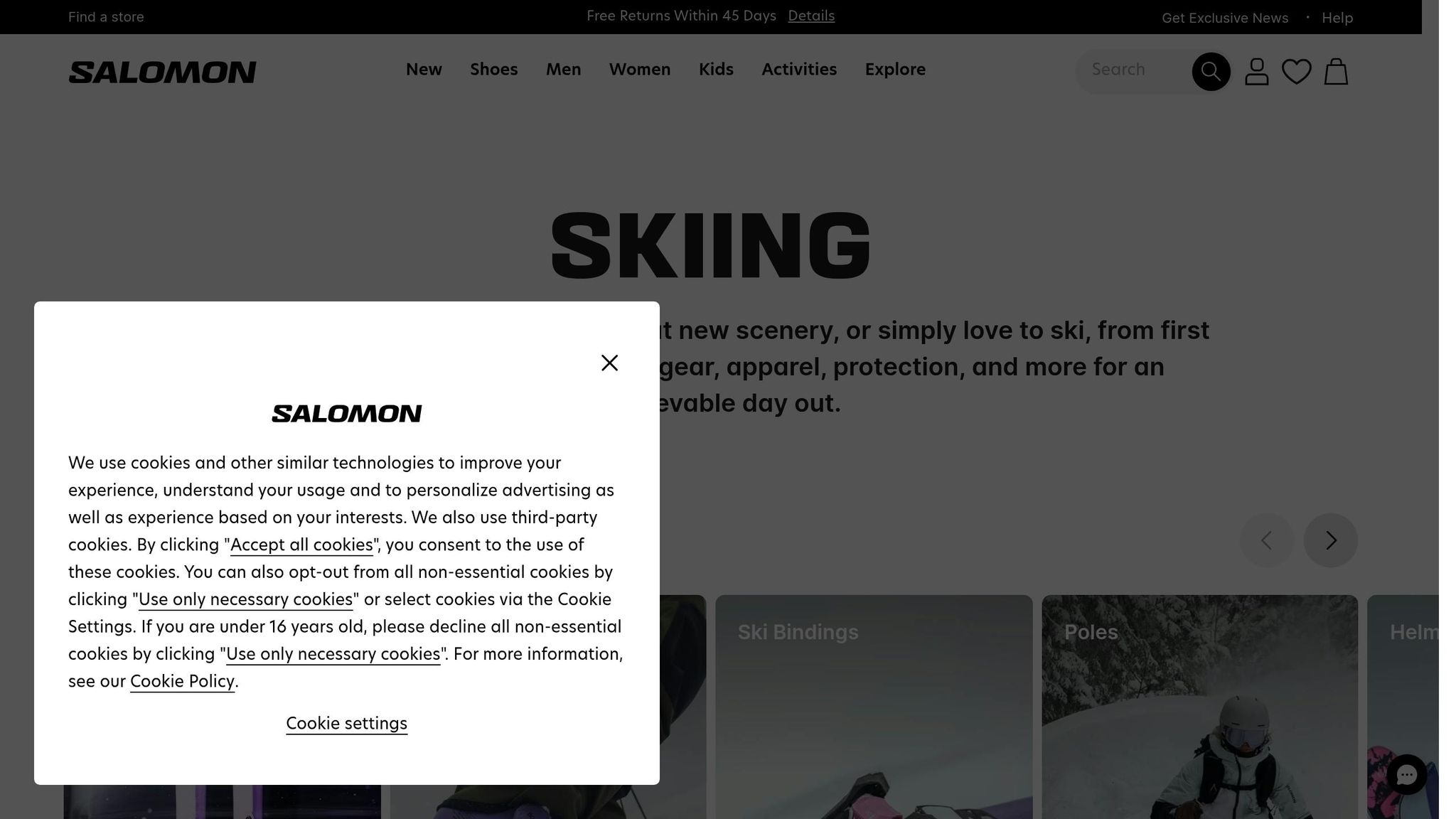
The SNS system uses a single-ridge design that aligns with a groove in the boot sole [1]. Once a popular choice, SNS saw a major update in 2016 when Atomic and Salomon launched the Prolink system, which introduced compatibility with NNN boots [1]. This system is particularly well-suited for beginners, offering extra stability on groomed trails. However, boot options are specific to this binding type.
NNN BC (Backcountry) Basics
Designed for backcountry skiing, the NNN BC system features a wider platform and a more durable construction compared to standard NNN bindings [1]. These bindings are compatible with most backcountry cross-country skis and support a variety of boots with varying stiffness levels, making them ideal for off-trail adventures [3].
Here’s a quick comparison of the three binding systems:
| Binding System | Key Features | Best Use Case | Market Presence |
|---|---|---|---|
| NNN | Two-ridge design (with NIS) | Groomed tracks and trails | Widely used and established |
| SNS | Single-ridge design | Groomed trails | Traditional system with Prolink update (2016) |
| NNN BC | Wider, stronger construction | Backcountry terrain and deep snow | Leading choice for backcountry skiing [3] |
A look at Cross Country Skiing bindings
System Differences and Boot Fit
Choosing the right binding system depends on your boots and the specific performance features each design offers.
Boot and Binding Compatibility Guide
Here's a quick reference to match your boots with the right binding system:
| Boot Type | Compatible Binding Systems | Major Brands |
|---|---|---|
| NNN Boots | NNN, NIS, Prolink, Turnamic | Fischer, Rossignol, Madshus, Atomic |
| SNS Profil | SNS Profil only | Salomon |
| SNS Pilot | SNS Pilot only | Salomon |
| NNN BC | NNN BC only | Fischer, Rossignol, Madshus |
Each system's design not only ensures compatibility but also delivers unique performance benefits on the snow.
Key Features of Each System
The designs of NNN, SNS, and NNN BC bindings influence their performance. For instance, SNS bindings feature a single-ridge design that provides better stability, while NNN BC bindings are specifically built for off-trail adventures. Currently, Salomon is the only manufacturer producing SNS bindings for both skate and classic skiing [4].
These design differences have played a role in shaping the standards within the Nordic skiing market.
Trends in the Binding Market
The Nordic binding market has shifted over time, with NNN-compatible bindings now dominating as the preferred choice [4]. Most major brands have moved toward NNN-compatible systems, offering a range of options suitable for different mounting plates [4].
sbb-itb-17ade95
Snow Conditions and Usage
Choosing the right Nordic binding system depends heavily on the snow conditions and terrain you'll encounter. Each system has specific strengths that cater to different scenarios, so understanding their performance can guide your decision.
Track and Trail Use
When it comes to groomed trails, both NNN's dual-ridge design and SNS's single-ridge design deliver comparable performance for classic and skate skiing [1]. These systems are well-suited for smooth, prepared surfaces, ensuring reliable control and efficiency. However, the story changes when you leave the groomed trails behind.
Off-Trail Performance
For backcountry skiing, NNN BC bindings stand out. They are specifically designed to provide greater stability and control on uneven terrain and in unpredictable snow conditions [1]. This added performance highlights the importance of selecting bindings that match the demands of off-trail adventures.
How to Pick Your Binding System
Matching Skill to System
Your skill level is a key factor when selecting the right binding system. For beginners, NNN and SNS systems are solid choices for groomed trails. The main consideration here is boot compatibility, as both systems perform well in these conditions [1].
If you're an intermediate skier, SNS Pilot bindings might be the way to go. They’re easy to use and offer dependable control. As Steve Hines shared:
Clicking in and out of this binding with recreational skis was a snap. I feel like I have very good control of my skis when on the snow and turning is a breeze. [2]
Advanced skiers should focus on their specific skiing style. Track skiers should choose a system based on their boots, while backcountry skiers often lean toward NNN BC bindings for their added stability and control.
Best System by Terrain
Once you’ve factored in your skill level, think about where you’ll be skiing most often. Here’s a quick guide to help you match your system to the terrain:
| Terrain Type | Recommended System | Key Benefits |
|---|---|---|
| Groomed Tracks | NNN or SNS | Reliable performance and a wide range of boots |
| Racing Trails | SNS Pilot | Excellent control and easy entry/exit |
| Backcountry | NNN BC | Greater stability and off-trail control |
| Mixed Usage | NNN or SNS | Versatile, depending on boot compatibility |
For groomed trails, SNS and NNN deliver reliable performance [1]. If you’re tackling more rugged terrain, NNN BC bindings are the go-to choice, thanks to their durable design.
Snowfeet* Option Overview
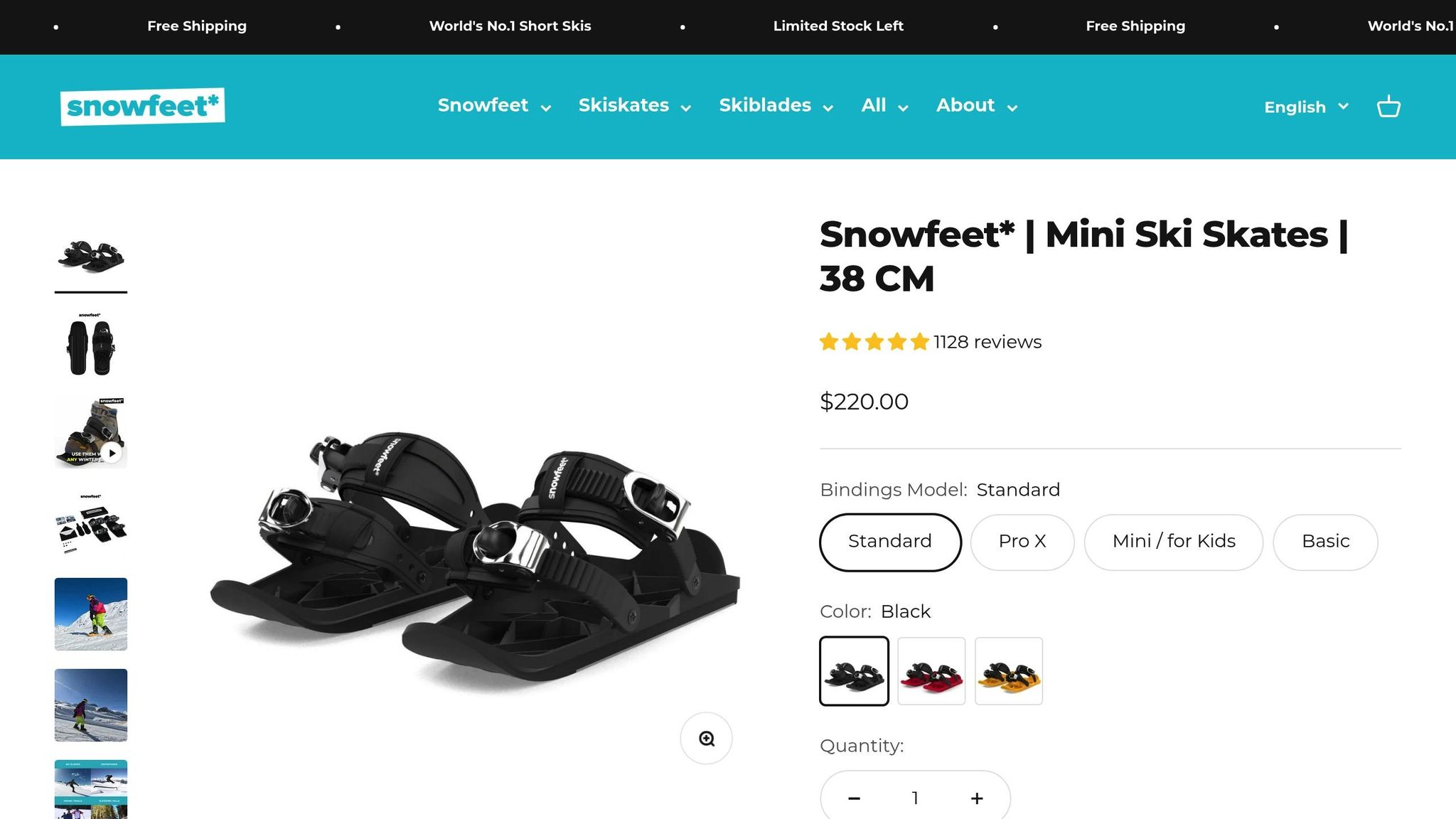
If you’re looking for something different, Snowfeet* offers compact alternatives to traditional Nordic bindings. These are designed for urban and versatile winter activities:
- Snowfeet Mini Ski Skates: At 38 cm (about 15 in), these are portable and fit easily in a backpack. They’re compatible with regular winter boots, making them convenient for quick outings.
- Snowfeet PRO: Measuring 50 cm (about 20 in), this model offers better performance with adjustable bindings, making it suitable for a range of snow conditions.
These options are perfect for urban winter sports enthusiasts who want something portable and flexible for various conditions.
Conclusion
Each Nordic binding system is designed to handle specific terrain challenges [1]. While the market leans toward NNN systems, both NNN and SNS are equally effective for recreational and professional skiing [1]. Just make sure your boots are compatible, as these systems require a proper match [1].
For a portable option, Snowfeet* offers Mini Ski Skates (15 inches) and the PRO model (20 inches), both of which work with regular winter boots. These, along with traditional binding systems, provide a range of choices to suit different needs.
Experts often highlight the Salomon SNS Pilot as the easiest to use, with the standard NNN and SNS Profil also receiving strong reviews [2].
When choosing a system, focus on your terrain, skill level, and boot compatibility. Whether you go with NNN for its availability, SNS for its reliability, or NNN BC for off-trail skiing, each system is tailored to specific skiing demands.
FAQs
What are the main differences between NNN, SNS, and NNN BC bindings, and which terrain or skiing style are they best for?
The NNN (New Nordic Norm) and SNS (Salomon Nordic System) bindings are two distinct systems that are not interchangeable. NNN bindings are designed to work exclusively with NNN boots, while SNS bindings require SNS boots. The key structural difference is that NNN bindings have two ridges to match the grooves on NNN boots, whereas SNS bindings use one ridge to align with a single groove in SNS boots. Both systems use a metal rod at the toe of the boot to connect to the binding.
For backcountry or off-trail skiing, NNN BC (Backcountry) bindings are a specialized version of the NNN system. They are built for more rugged terrain and deeper snow, offering better stability and durability compared to standard NNN bindings. In contrast, traditional NNN and SNS systems are better suited for groomed trails and cross-country skiing on flatter terrain.
When choosing a system, consider your skiing style and terrain preferences. If you’re sticking to groomed trails, either NNN or SNS will work well, depending on boot compatibility. For more adventurous backcountry skiing, NNN BC bindings are the better choice.
How can I find out if my Nordic ski boots and bindings are compatible?
To check compatibility, first identify the binding system of your boots - either NNN (New Nordic Norm) or SNS (Salomon Nordic System). NNN boots have two grooves on the sole that match the ridges on NNN bindings, while SNS boots feature a single groove that aligns with the ridge on SNS bindings.
If you're unsure, look for markings or logos on your boots or bindings that indicate the system type. Ensuring both your boots and bindings are the same system is essential for a secure and functional fit on the trails.
Why are NNN bindings becoming more popular, and how do they compare to SNS bindings?
The growing popularity of NNN-compatible bindings is largely due to their versatility and widespread adoption by major Nordic skiing brands. While both NNN and SNS systems deliver similar performance, NNN bindings have become the industry standard, making them easier to find and pair with boots. Additionally, newer systems like Turnamic, which are based on NNN technology, offer enhanced convenience with tool-free adjustments and improved compatibility.
For skiers, the shift to NNN means more options for equipment, better availability, and a future-proof choice for their gear. If you're deciding between the two, NNN bindings are the more practical and widely supported option for most Nordic skiing needs.

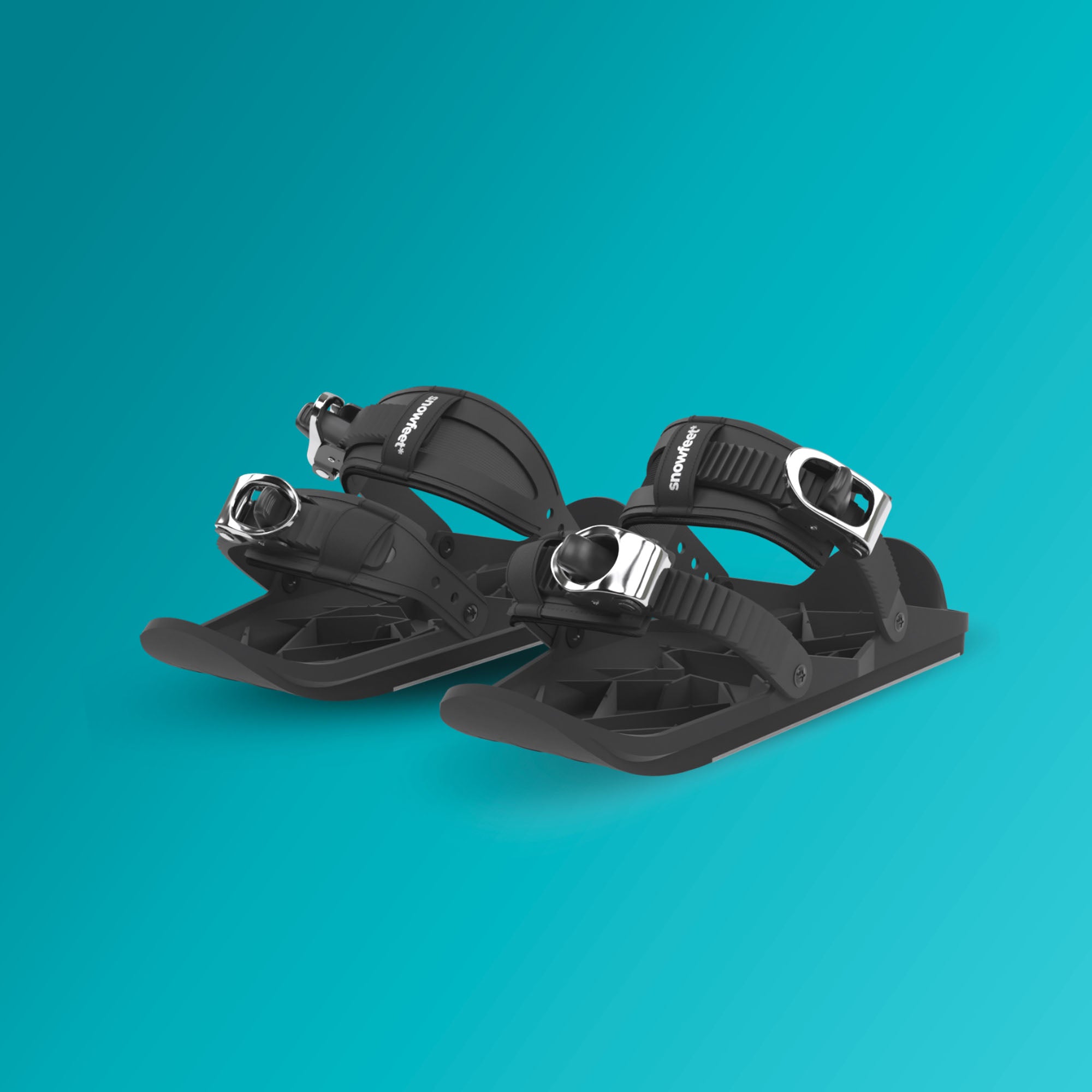


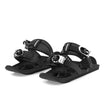
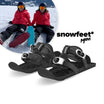

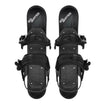


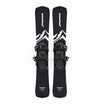
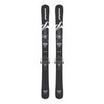
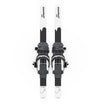
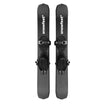
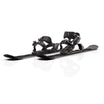
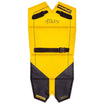

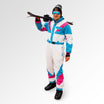
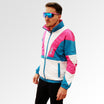
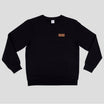
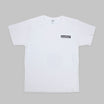
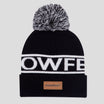
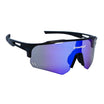
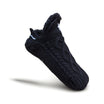
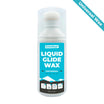
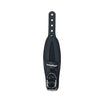
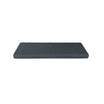
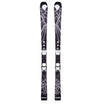




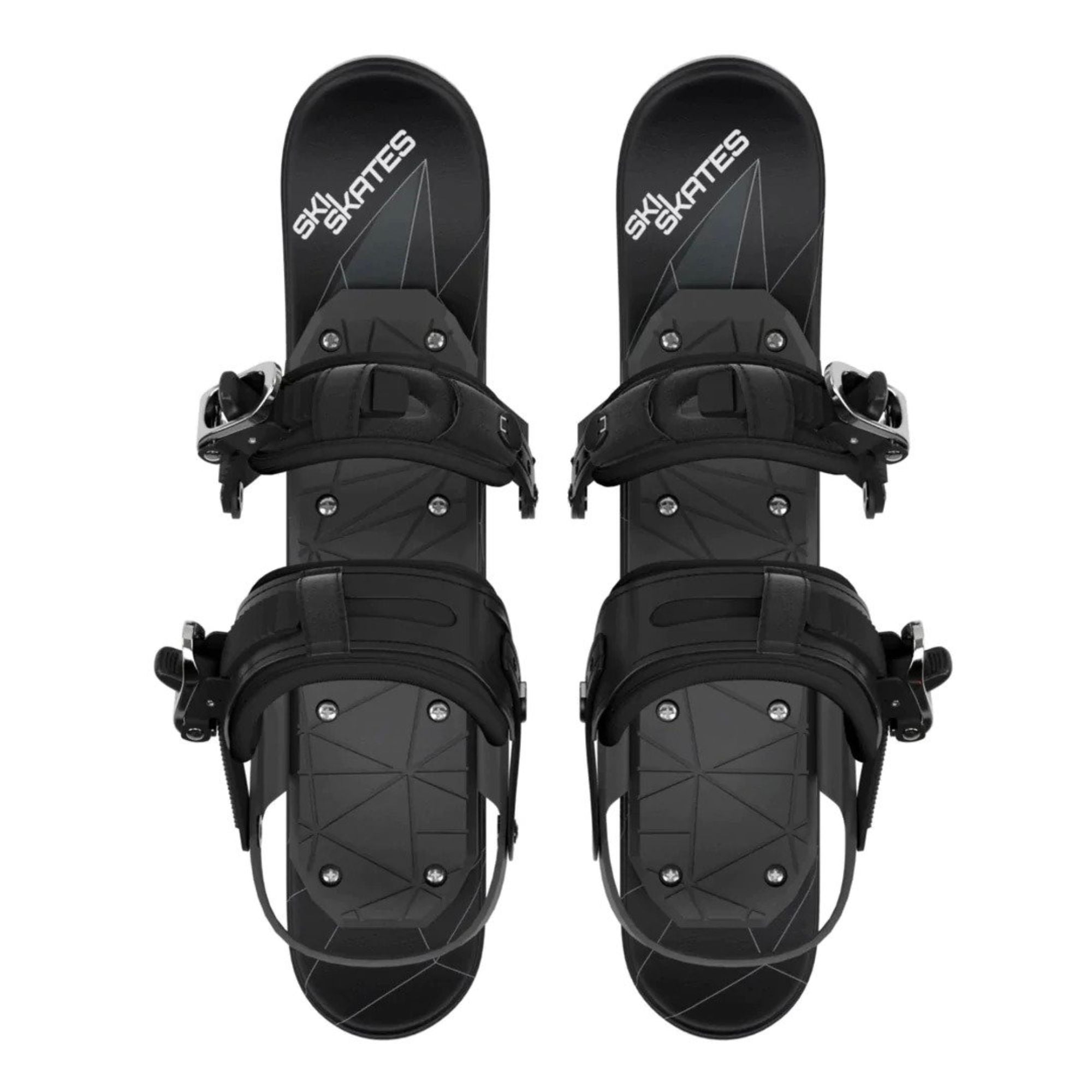
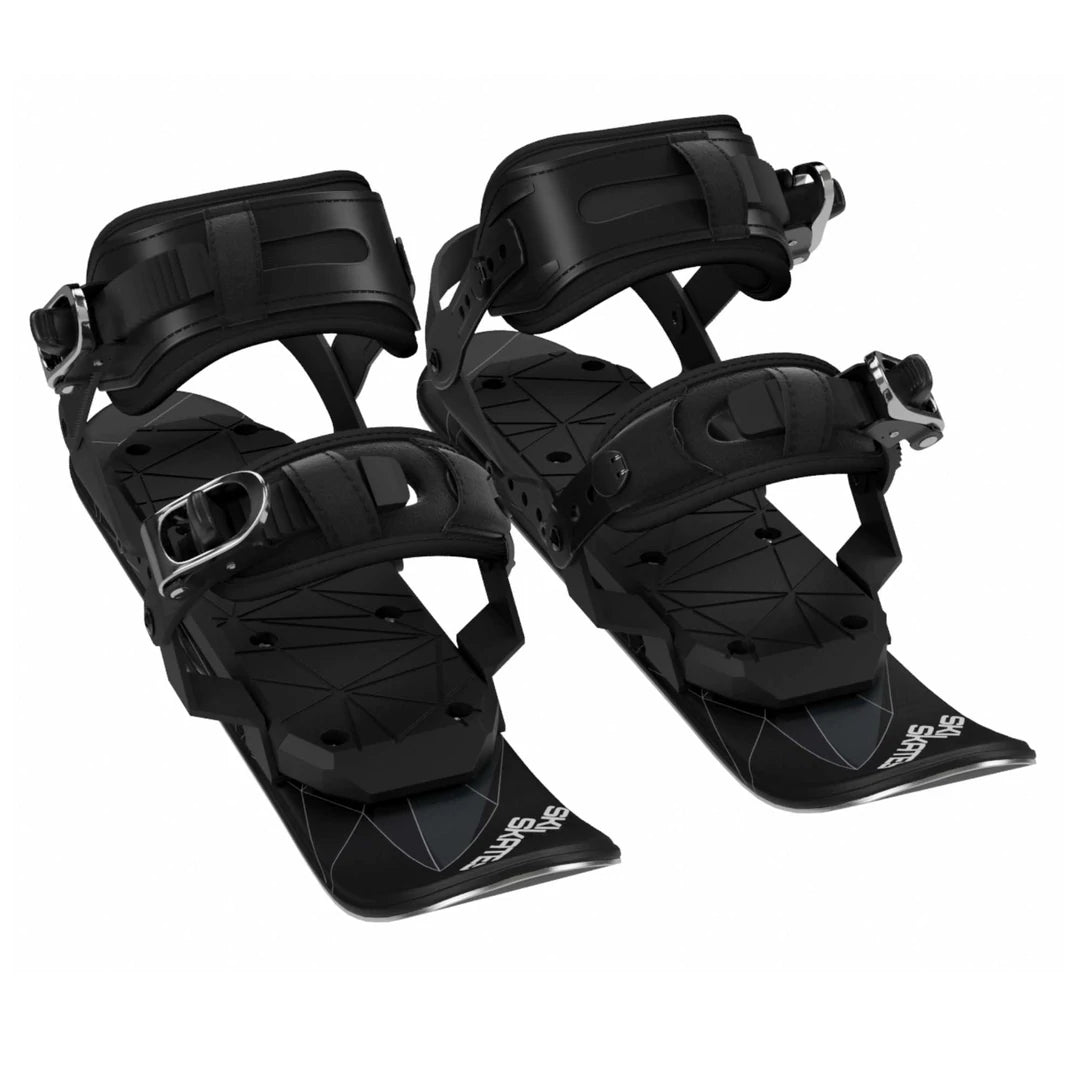
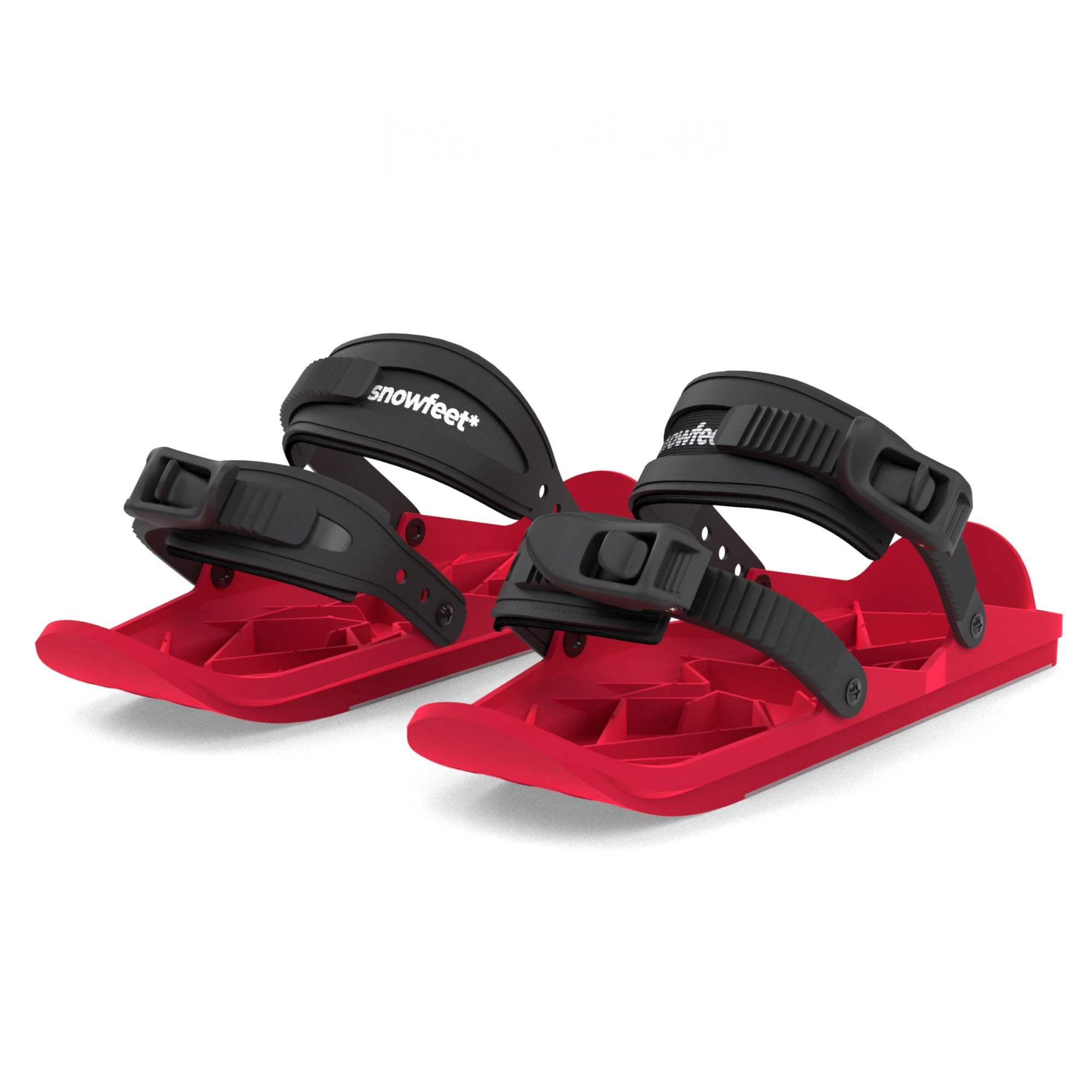
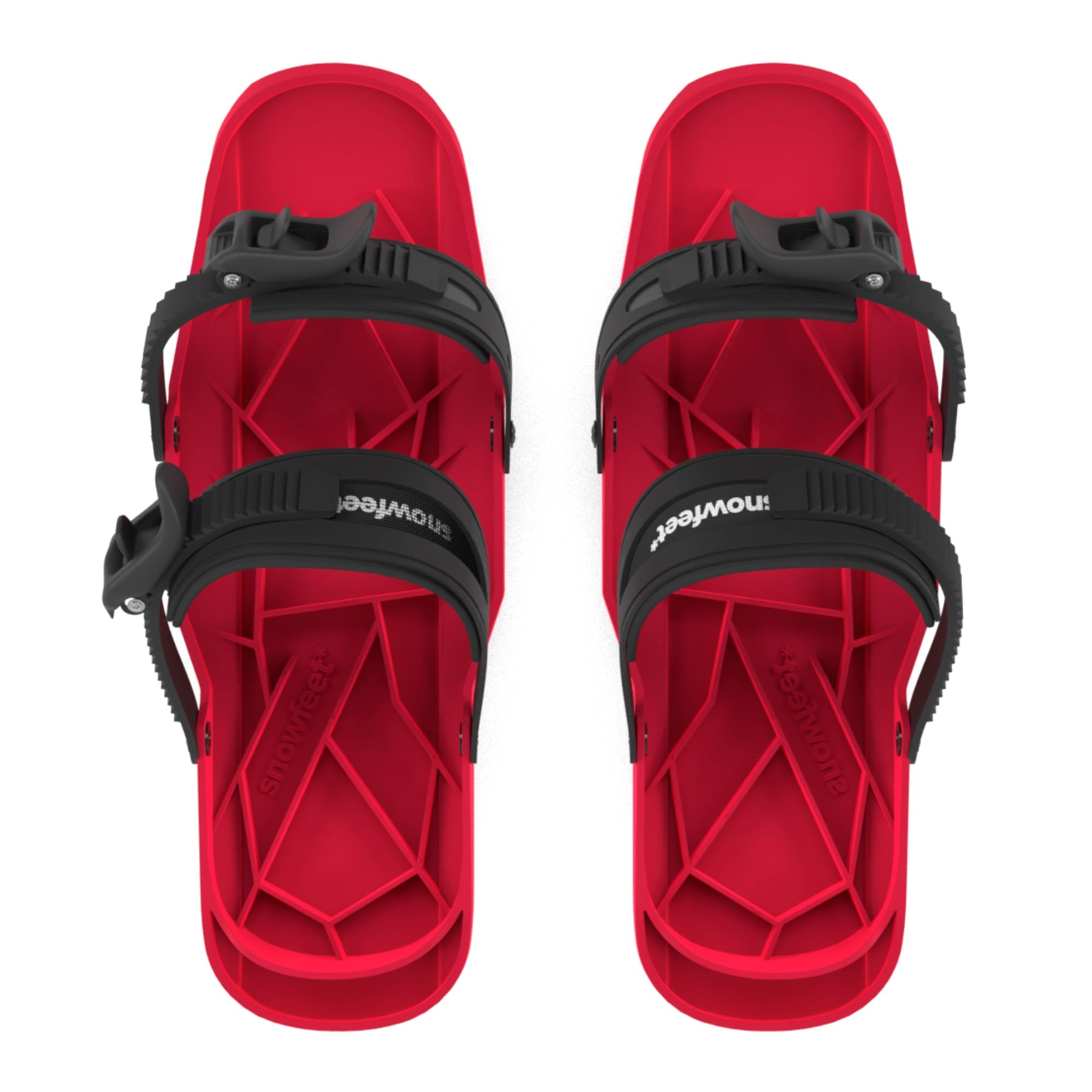




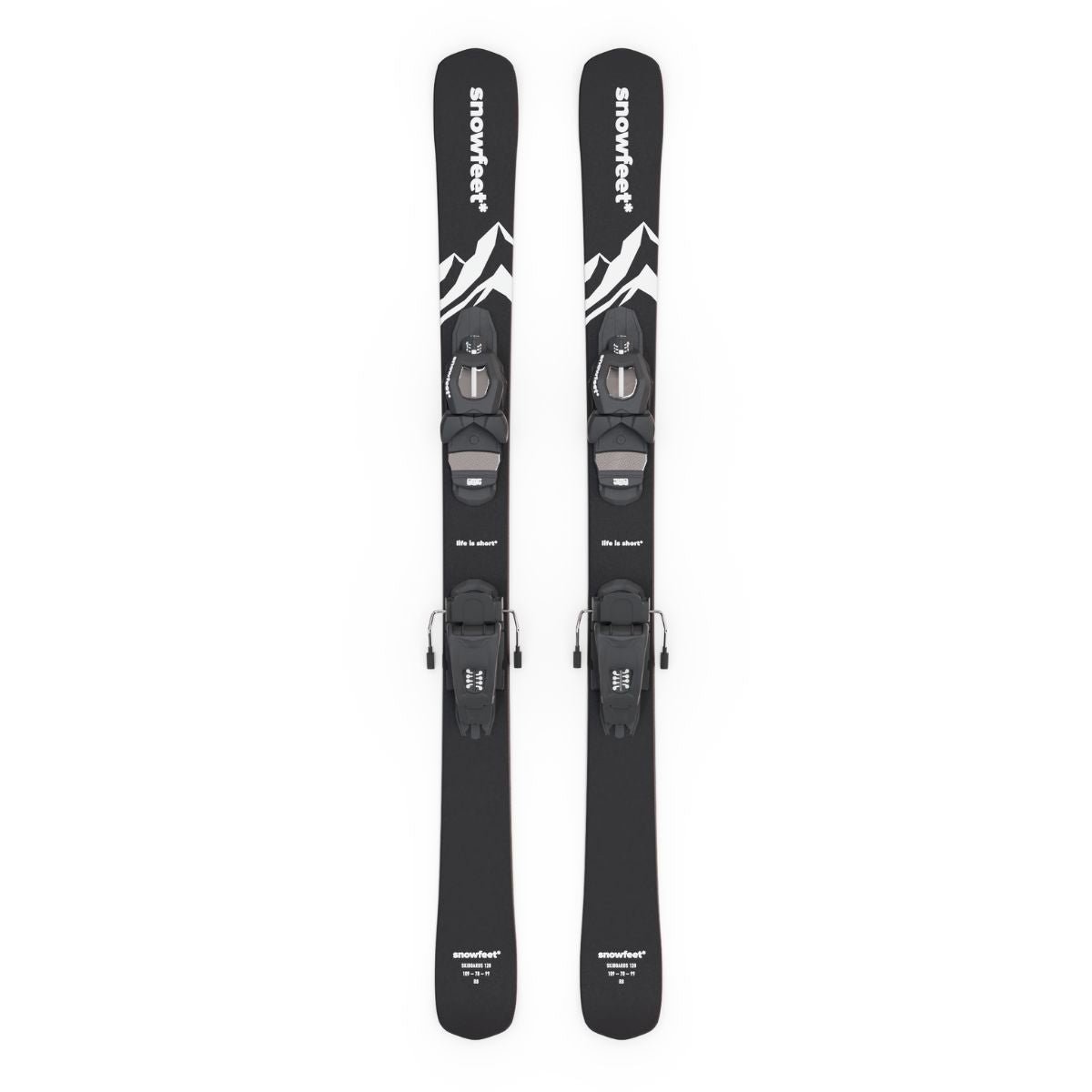
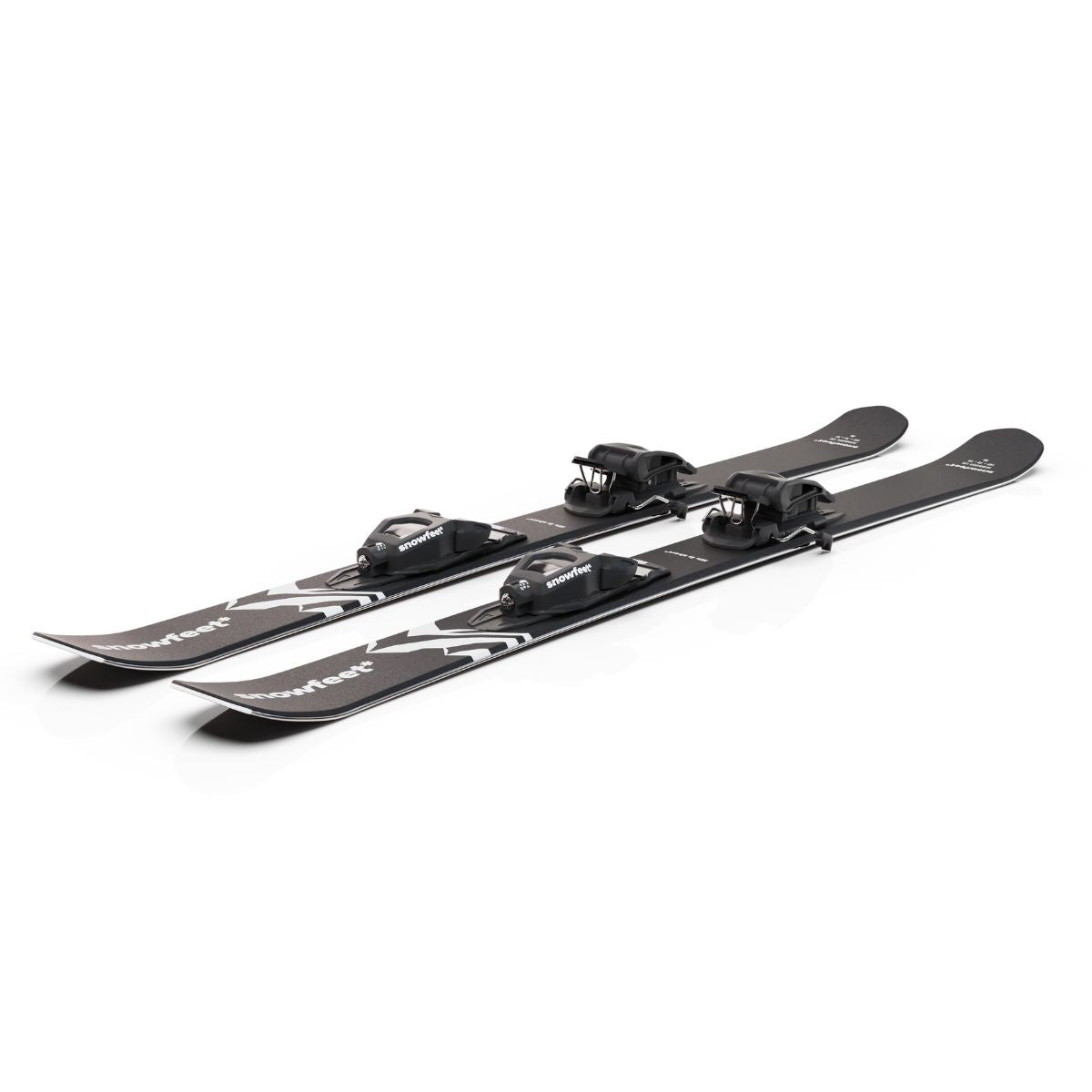
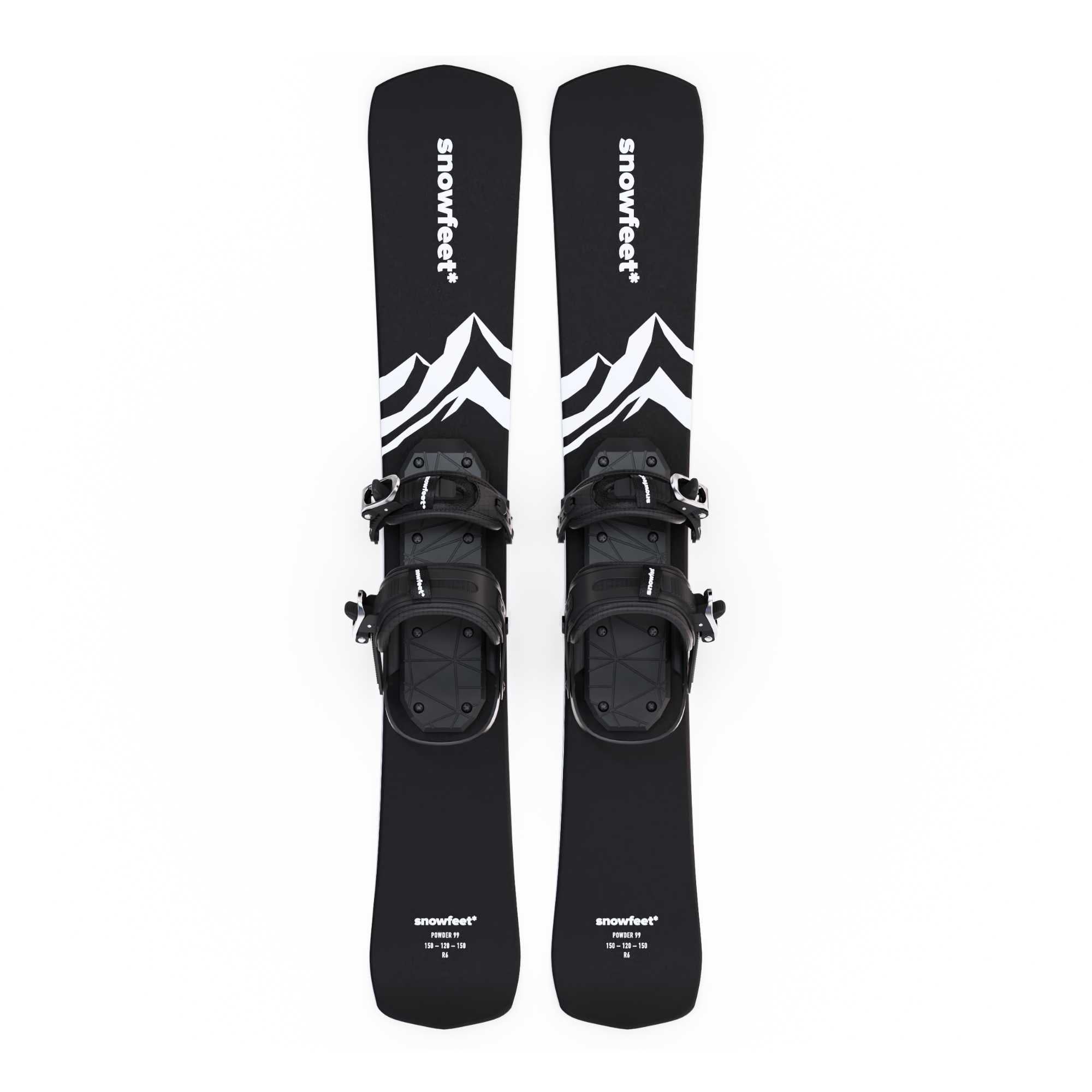
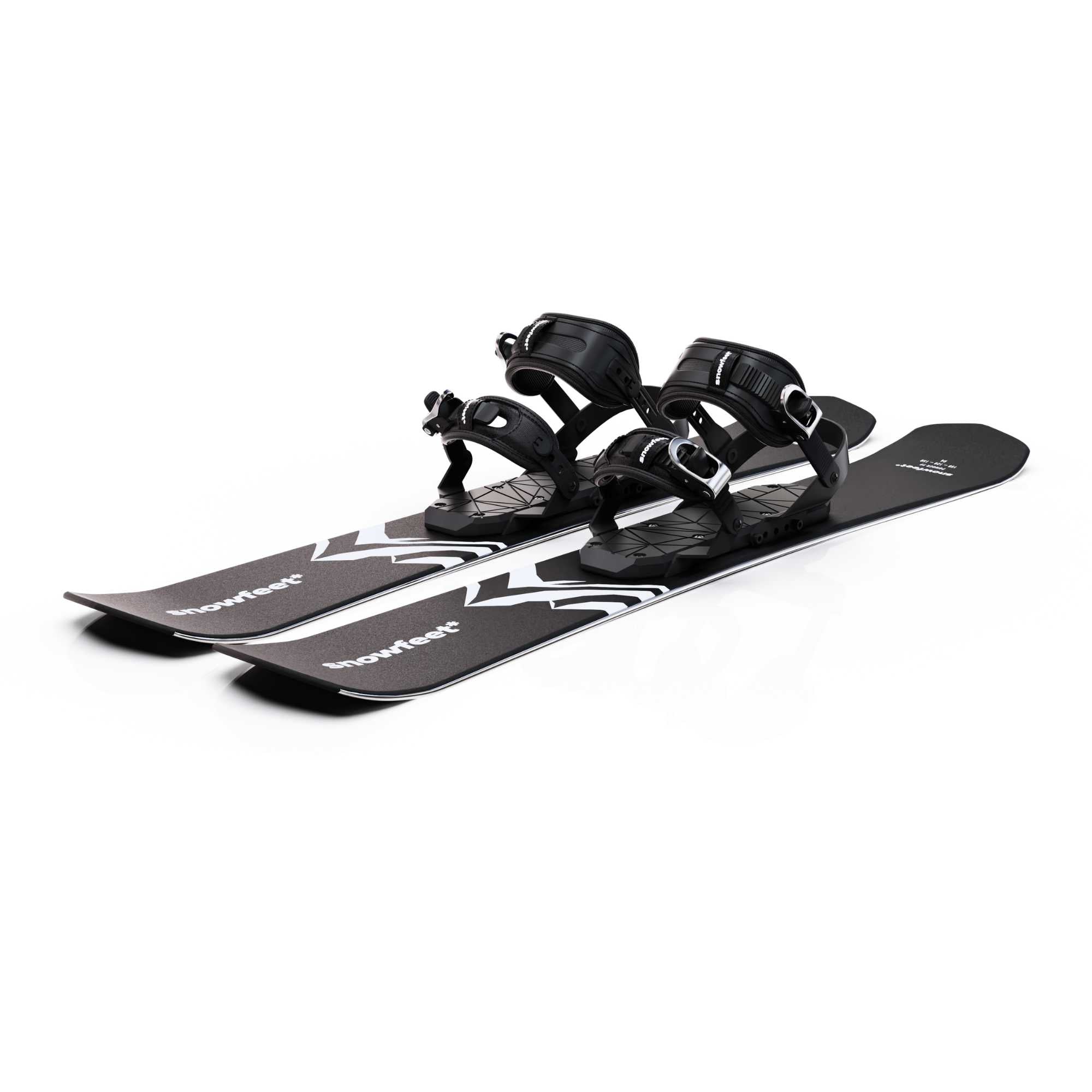
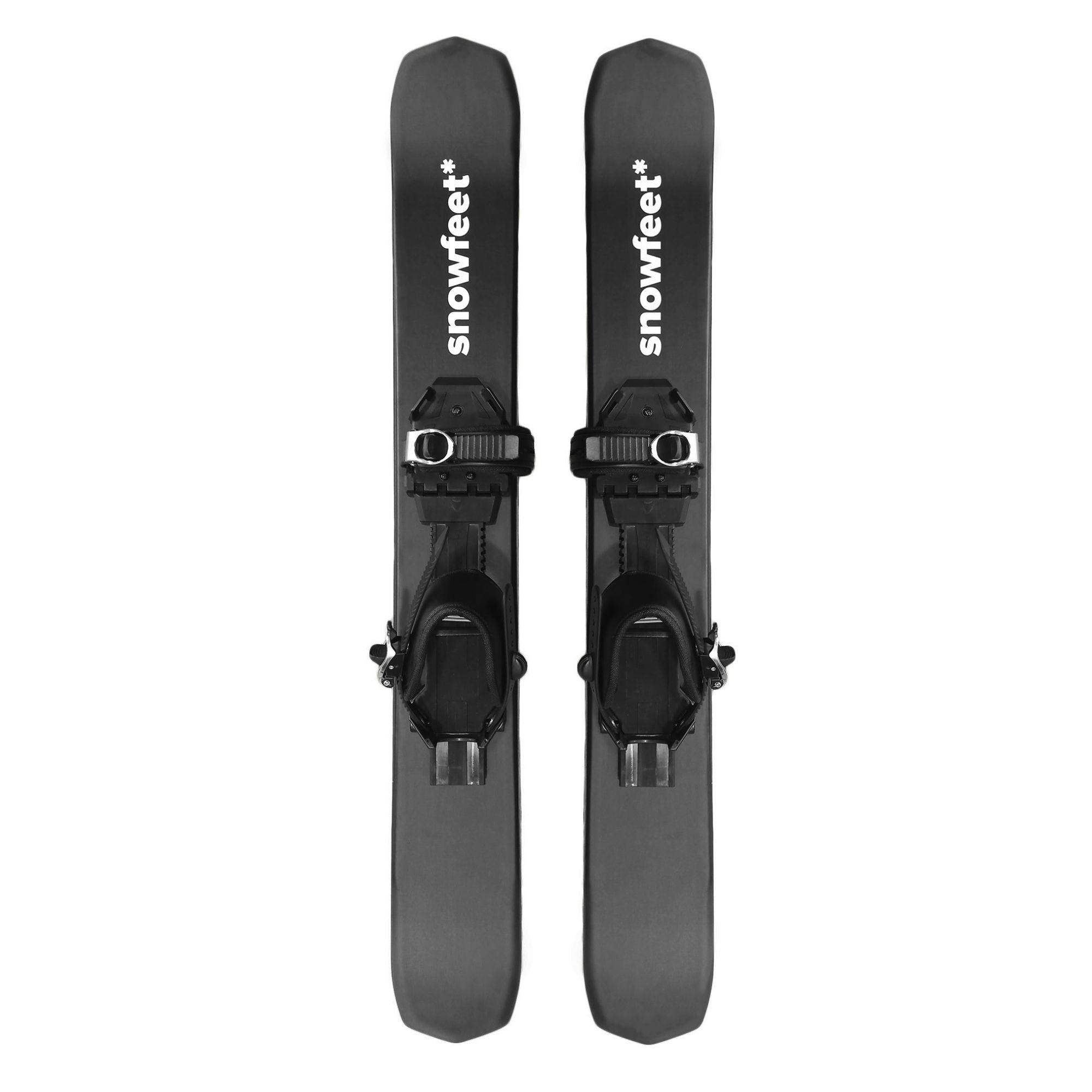
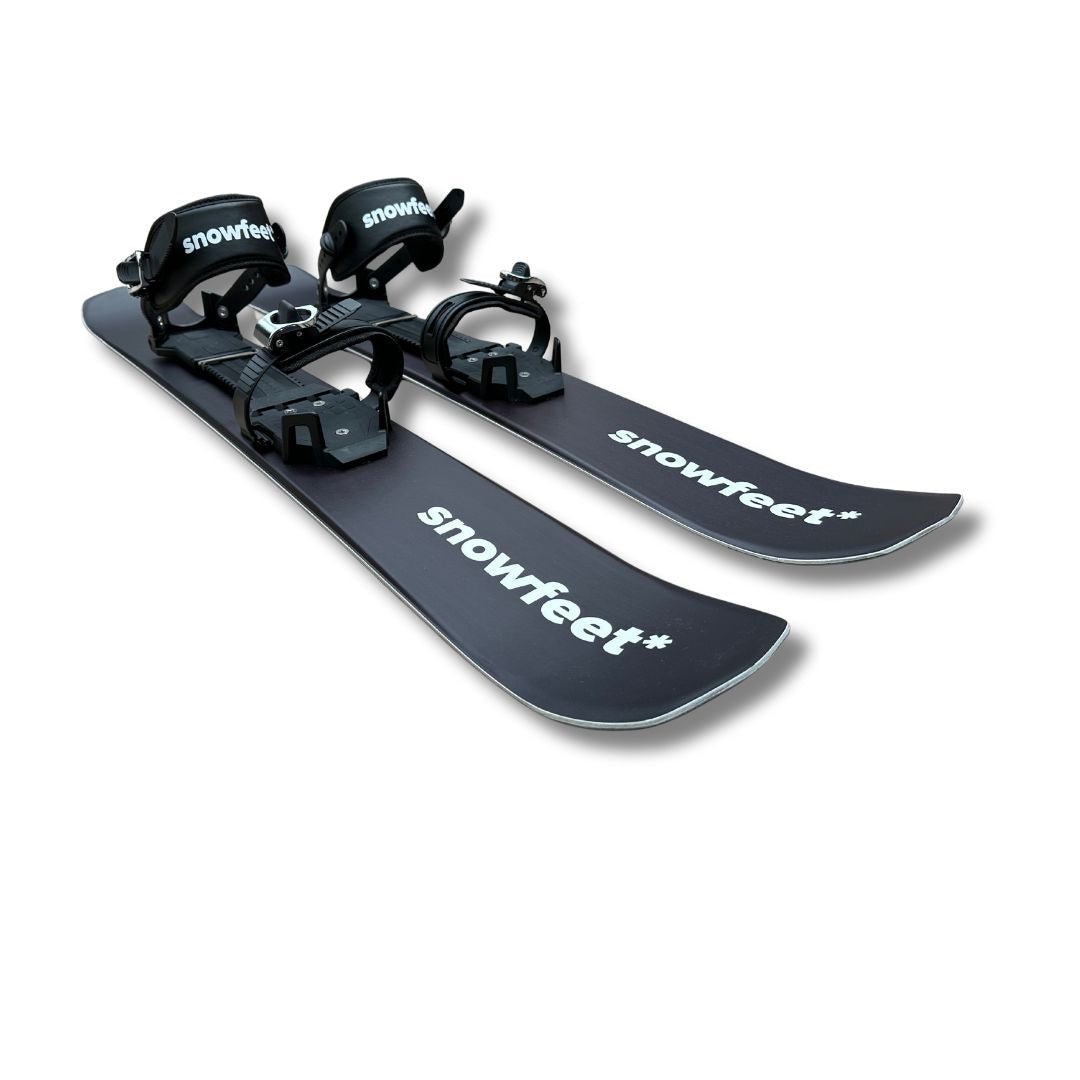
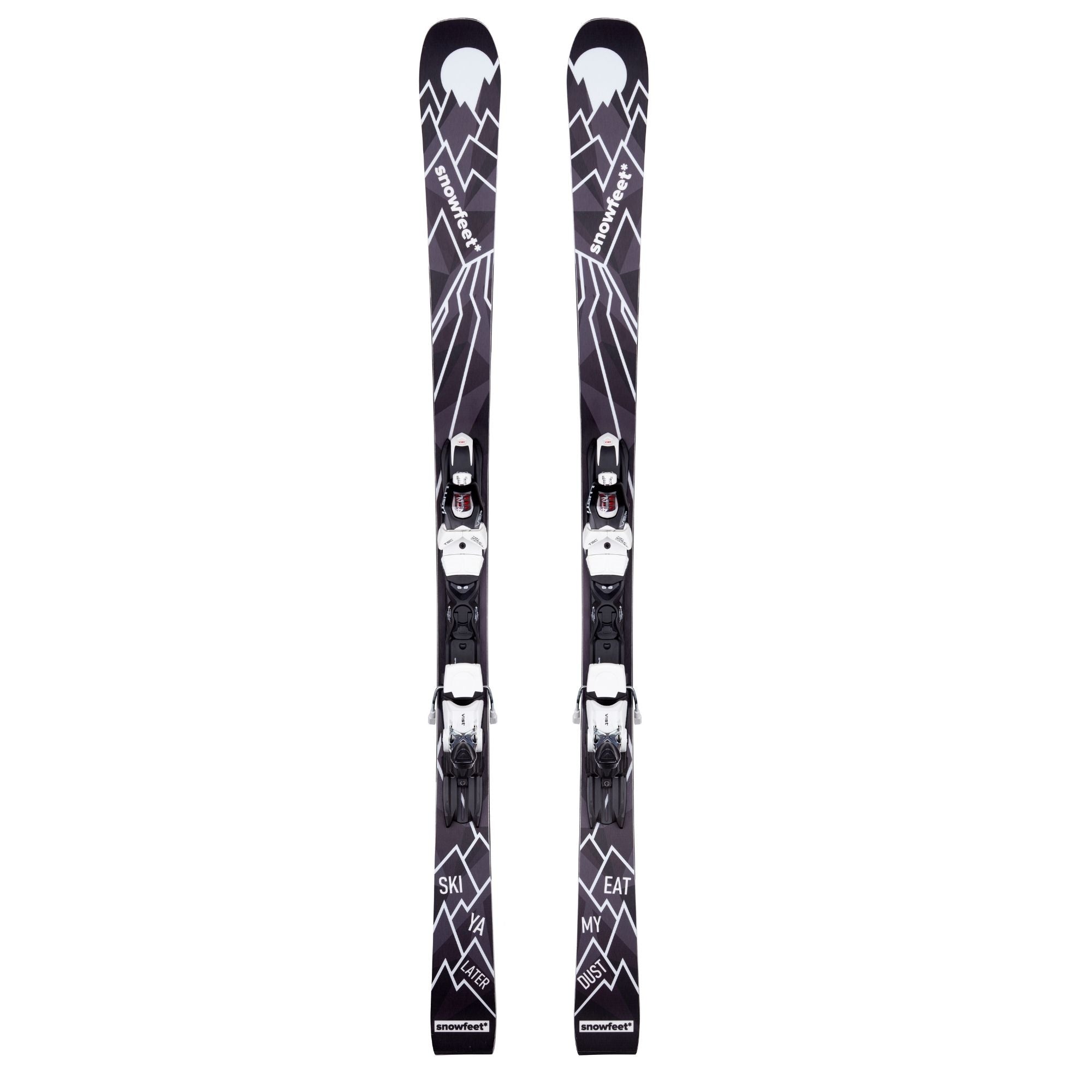
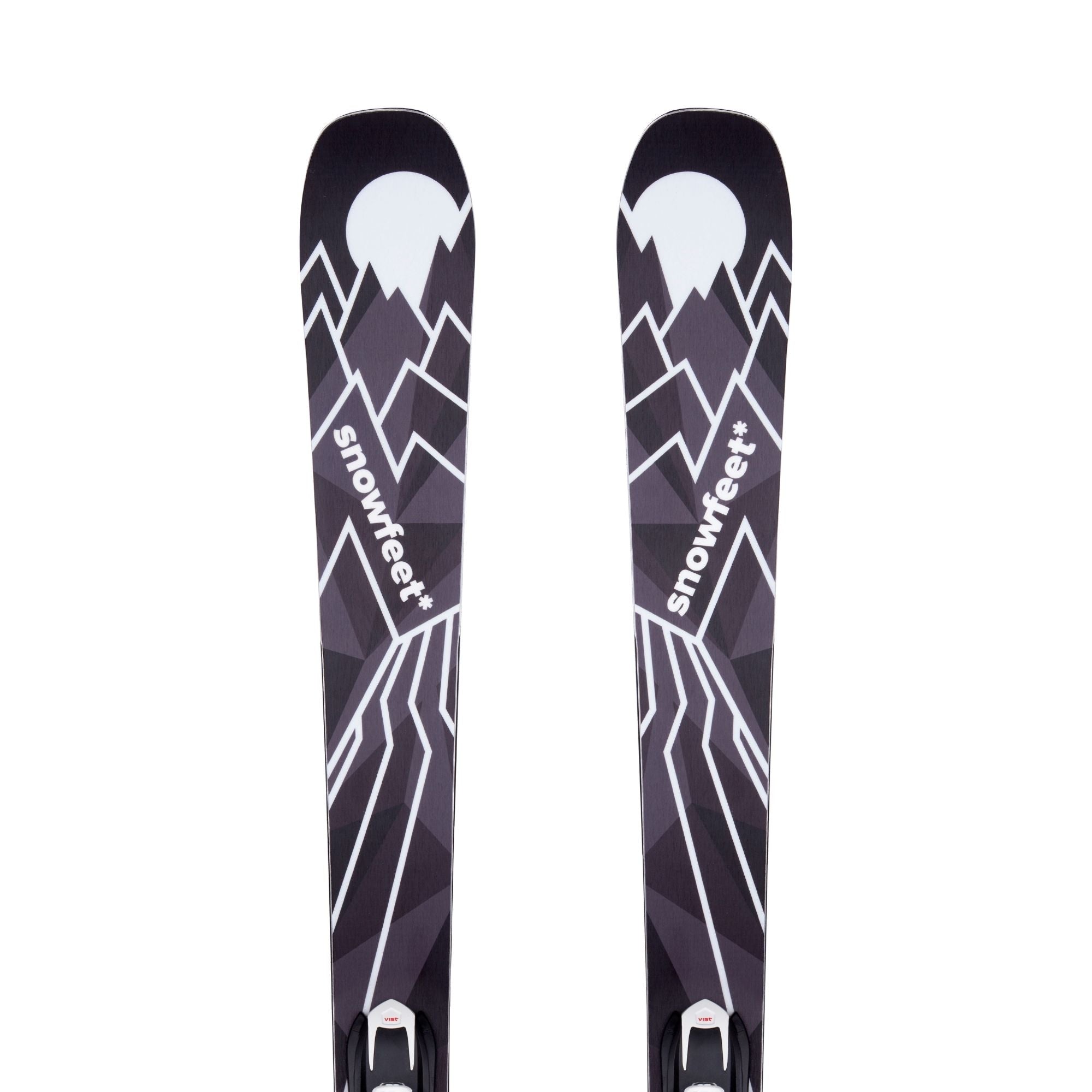
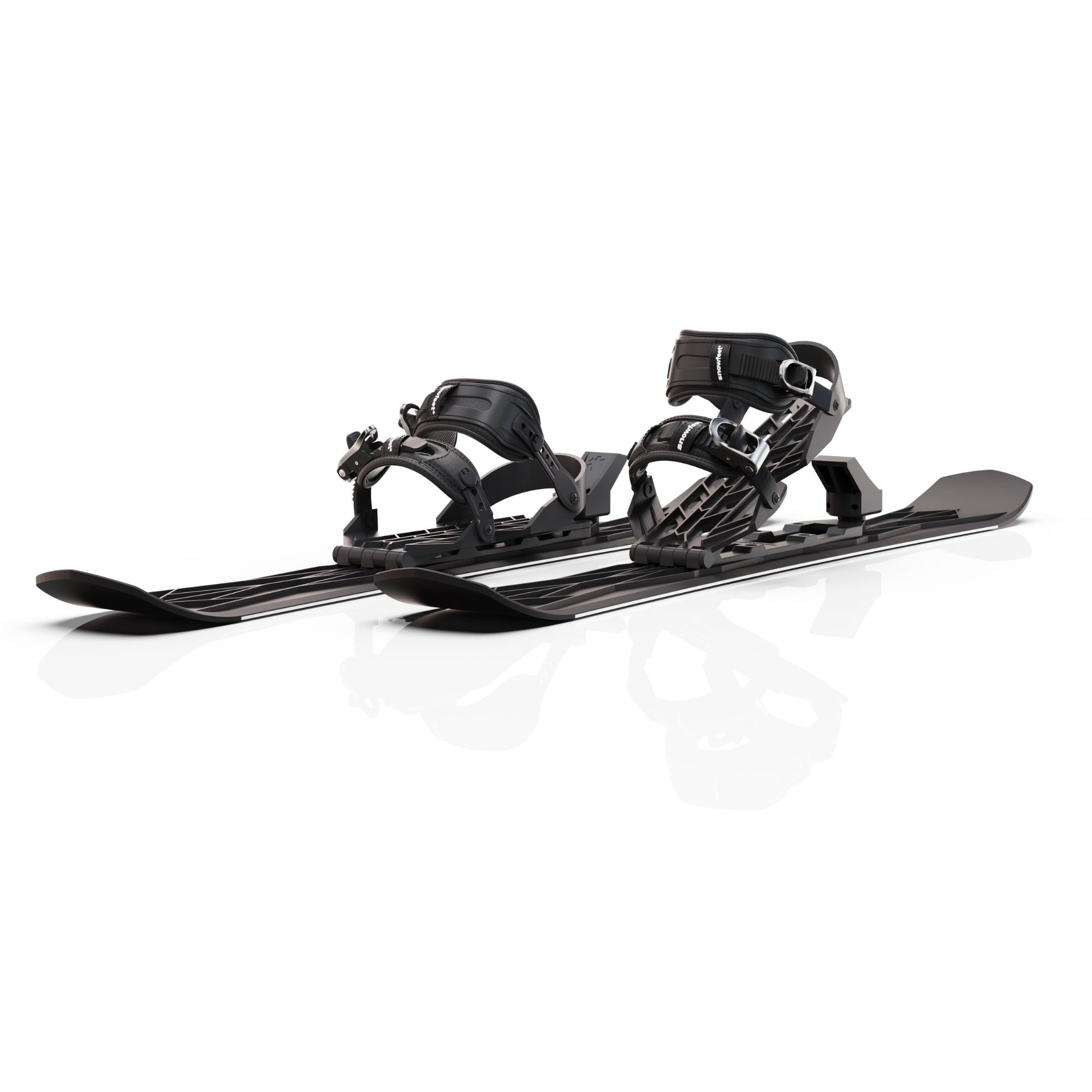

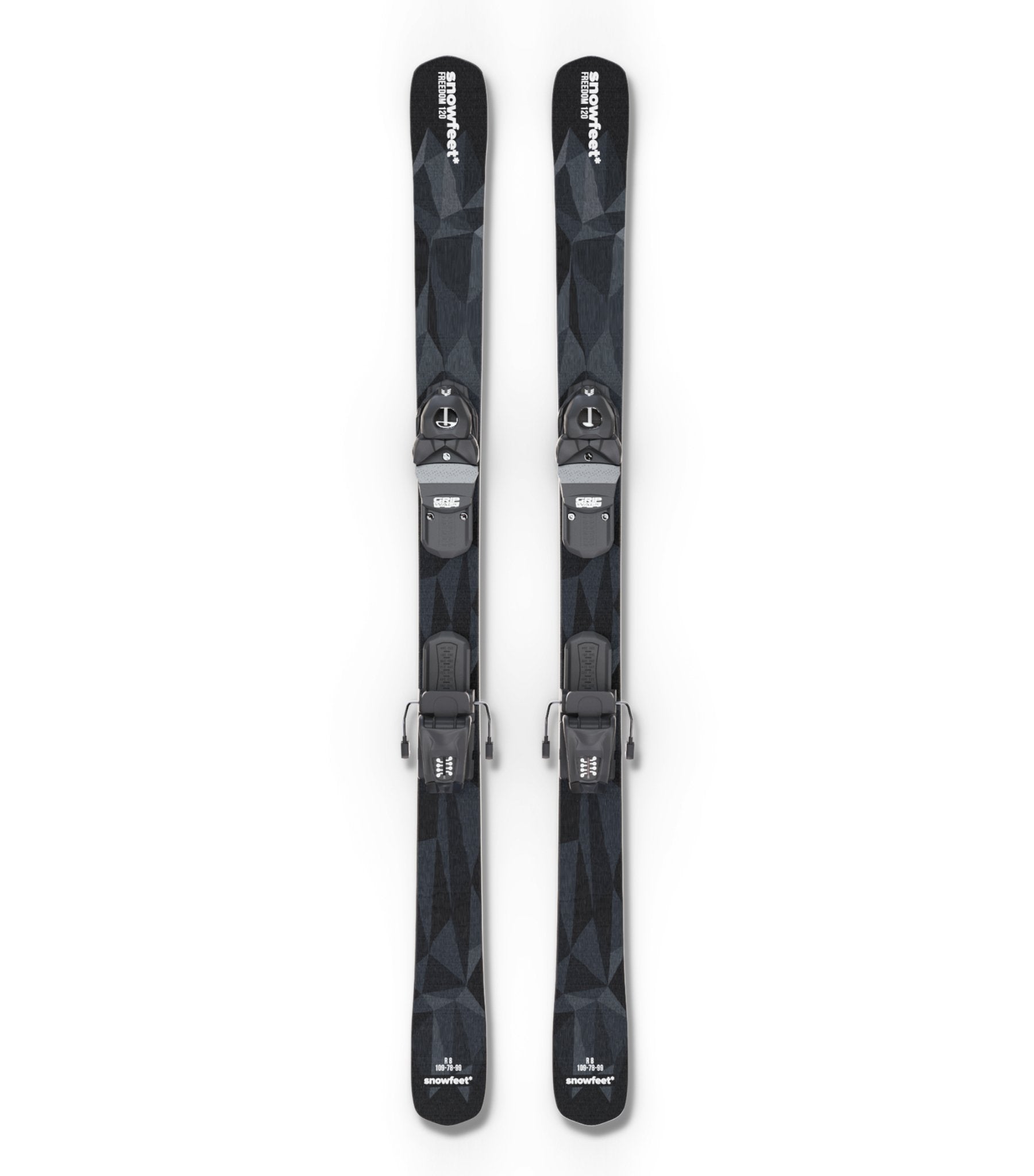
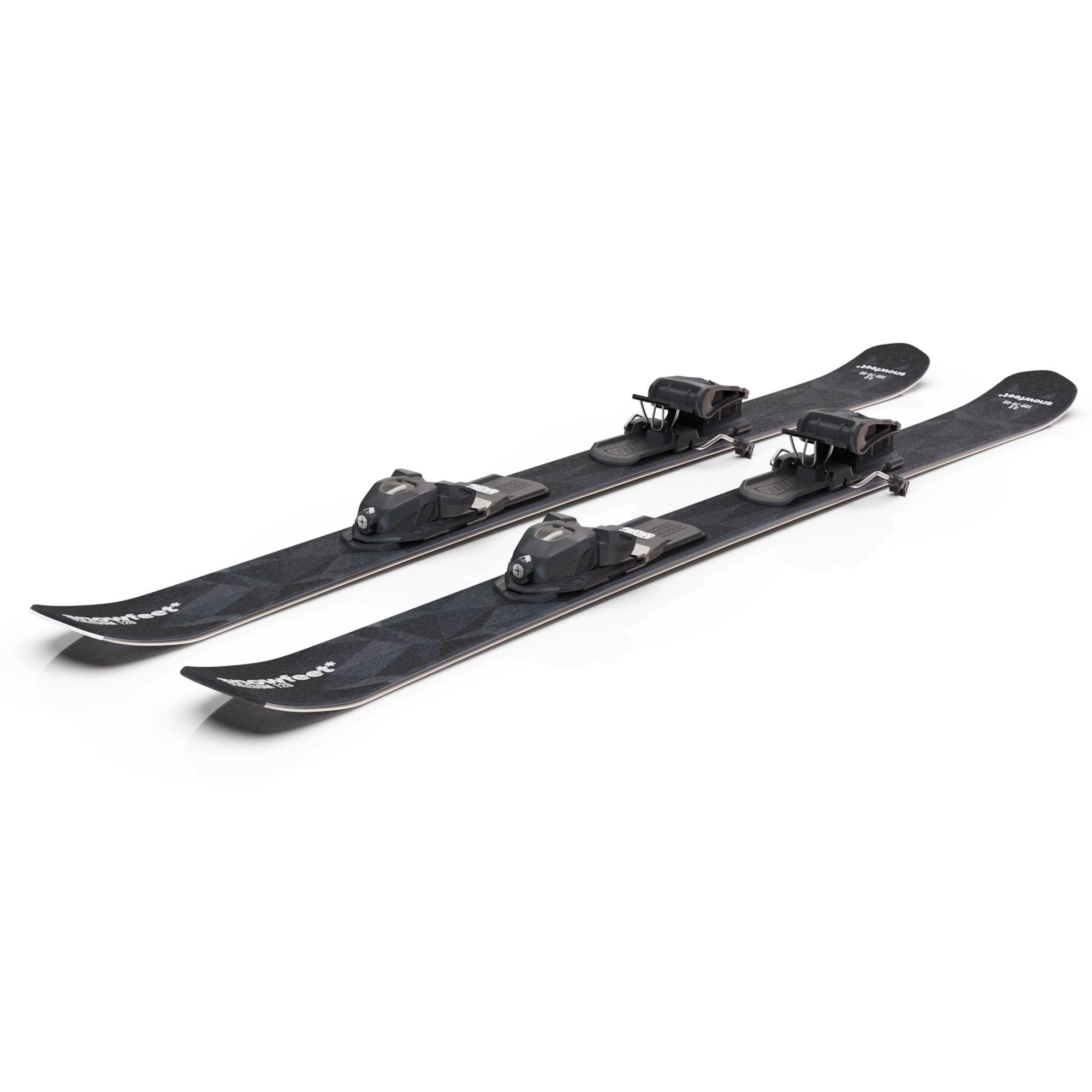
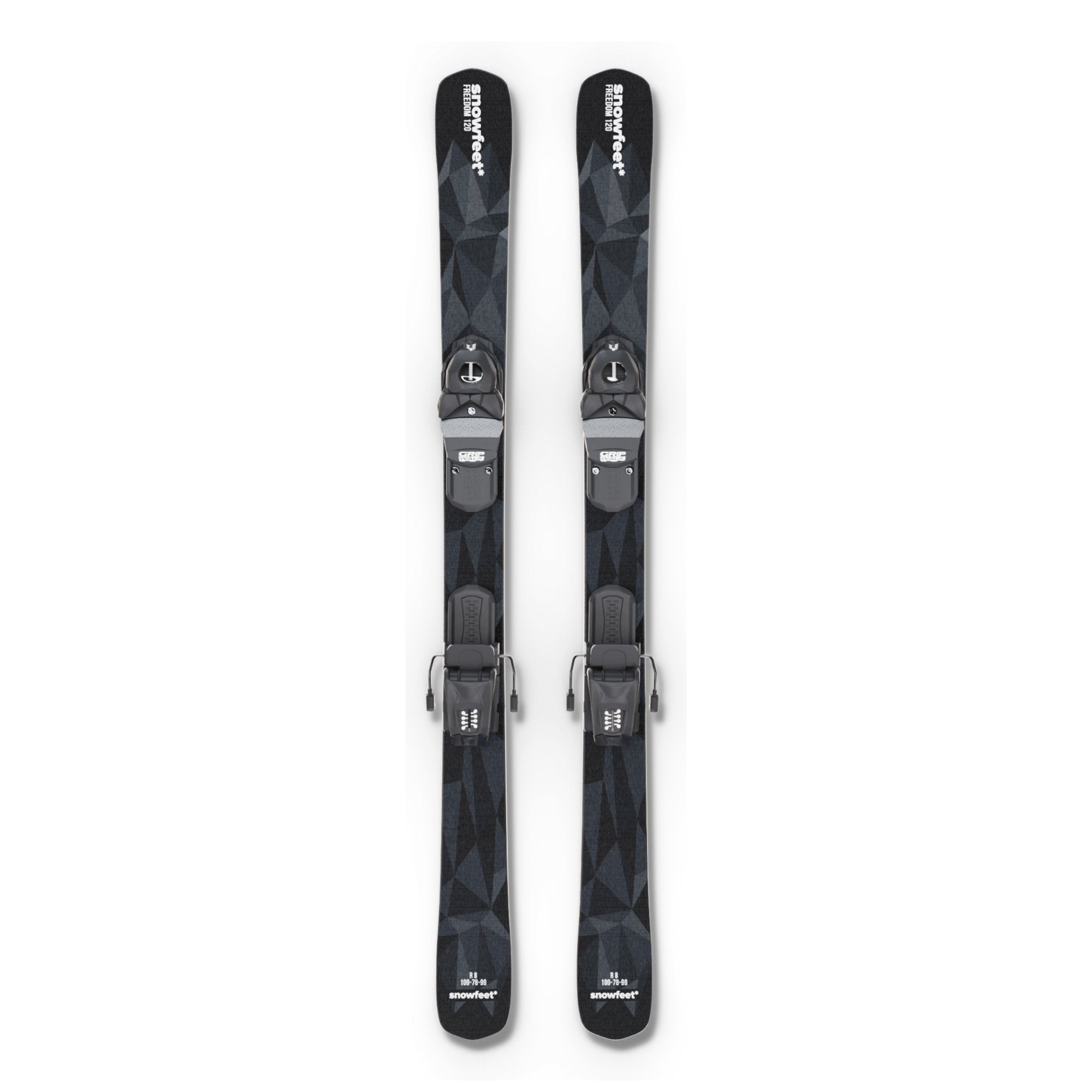
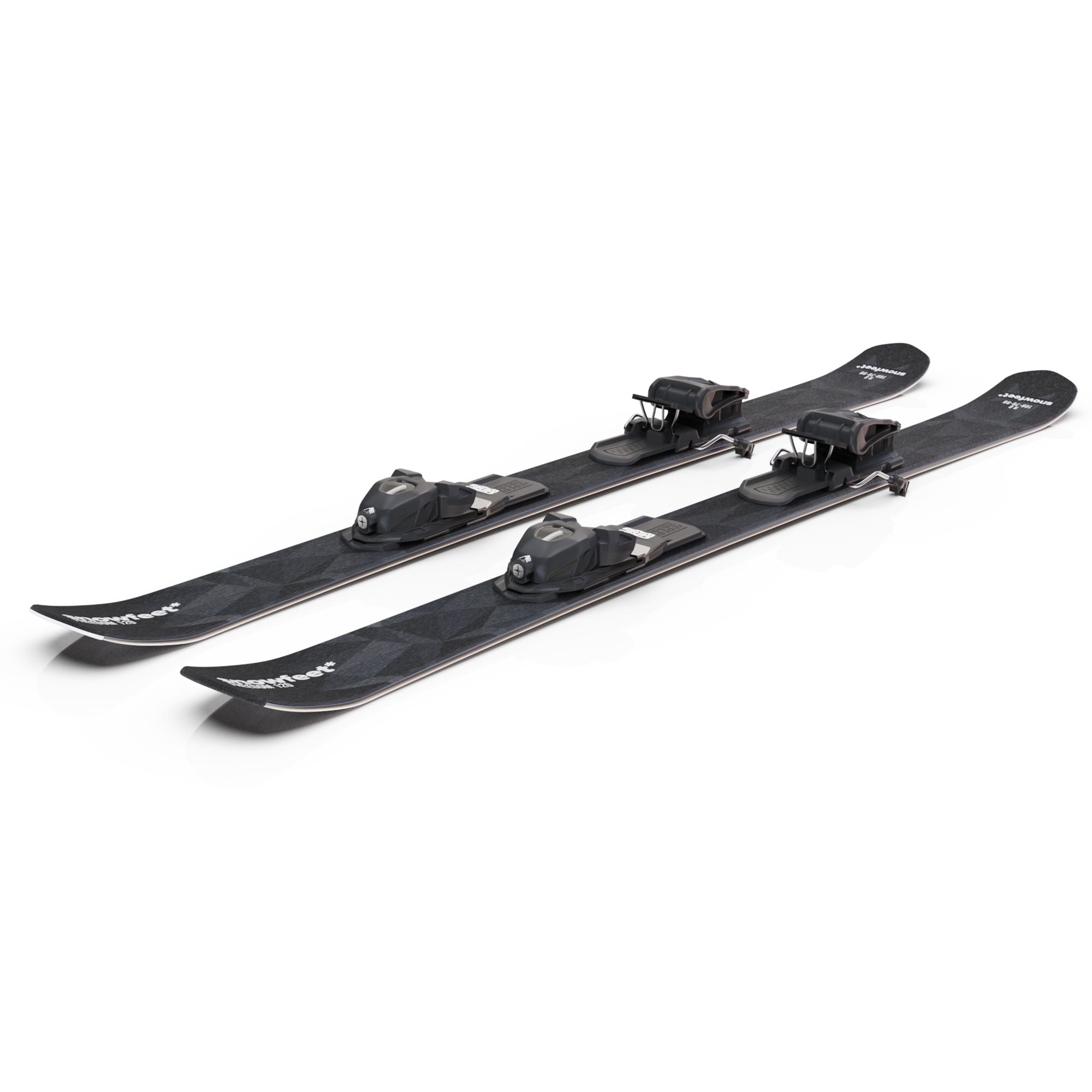
Leave a comment
This site is protected by hCaptcha and the hCaptcha Privacy Policy and Terms of Service apply.